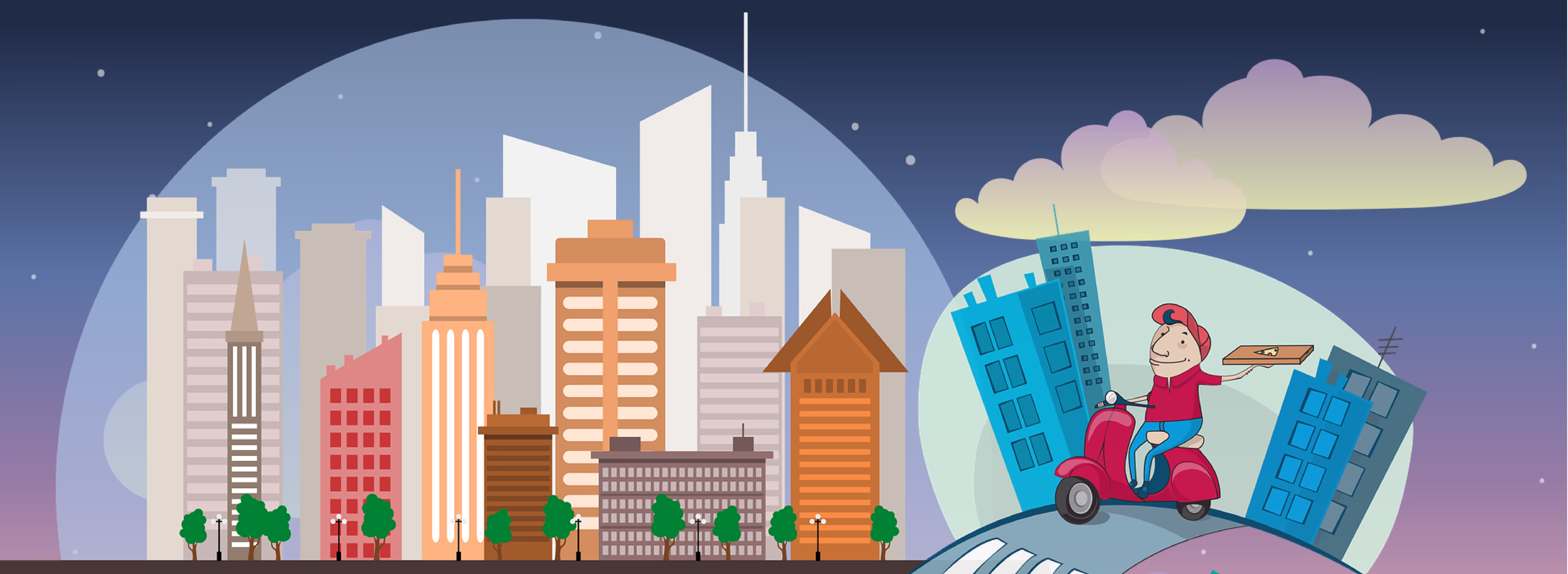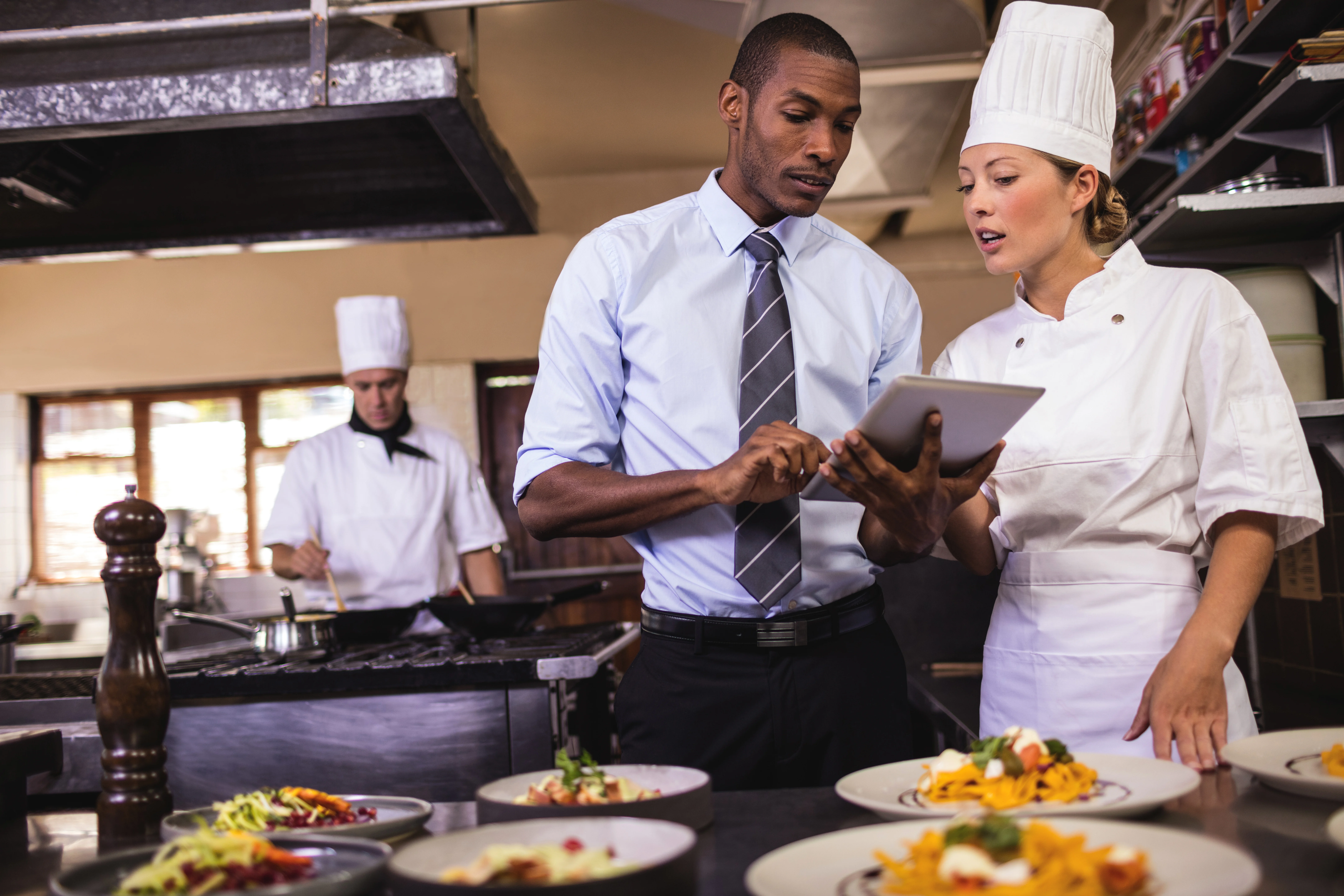Rise In Sit-Down Restaurants Moving to Fast Food Services
In this post by Sara Carter from Enlightened Digital, the trend of sit-down restaurants transitioning to fast-food services is explored. Factors such as customer hesitancy and new kitchen technologies are driving this shift. Let’s dive into how sit-down restaurants are adapting to fast-food-like operations in the wake of COVID-19.
Customers Are Wary of Leaving Their Homes
As COVID-19 cases surged globally, many governments implemented restrictions on on-site dining. During this time, there was a notable shift toward delivery and takeout options as people remained hesitant to dine out. With advancements in technology and changing consumer habits, many restaurants are now focusing more on delivery services like Mr Delivery and Uber Eats rather than traditional dine-in services.
However, while delivery can help restaurants stay afloat, it can be costly for smaller businesses due to high commission fees charged by delivery platforms. While customers enjoy the convenience of ordering from home, it may deter them from returning to dine-in services.
Delivery Makes Things Move Faster
Food delivery has become essential for many restaurants, allowing them to continue operations during lockdowns. For waitstaff, this means less time spent resetting tables and more time boxing up orders. Delivery helps cut down on costs like cleaning linens and paying extra staff wages.
However, delivery can impact customer service, as complaints are often harder to address online. Additionally, using third-party delivery platforms means that customers might associate the service more with the delivery app than the restaurant itself. Delivery services like Uber Eats can also take up to a 30% commission, which affects restaurant profits.
Despite these challenges, customers enjoy the ease of ordering food from their couches with just a few clicks, and food delivery remains popular in today’s fast-paced world.
The Rise in Technology Is Changing the Kitchen
Running a profitable dining room has become increasingly difficult, but technology has provided a solution: ghost kitchens, also known as virtual or delivery-only kitchens. Ghost kitchens operate without dining areas, focusing solely on delivery orders through apps like Mr Delivery and Uber Eats.
Ghost kitchens have thrived during the pandemic because they require fewer staff and less physical space than traditional restaurants. They also offer flexibility, allowing restaurants to easily pivot their offerings based on customer demand. However, not everyone is fully supportive of a complete shift to delivery-only restaurants.
The Bottom Line
The COVID-19 pandemic has significantly impacted the restaurant industry, pushing many sit-down establishments to adopt fast-food-like practices. While some are trying to return to traditional in-person dining, others have embraced changes like delivery services and ghost kitchens. Ultimately, these shifts are driven by evolving customer needs, which remain the key to running a successful restaurant business.





